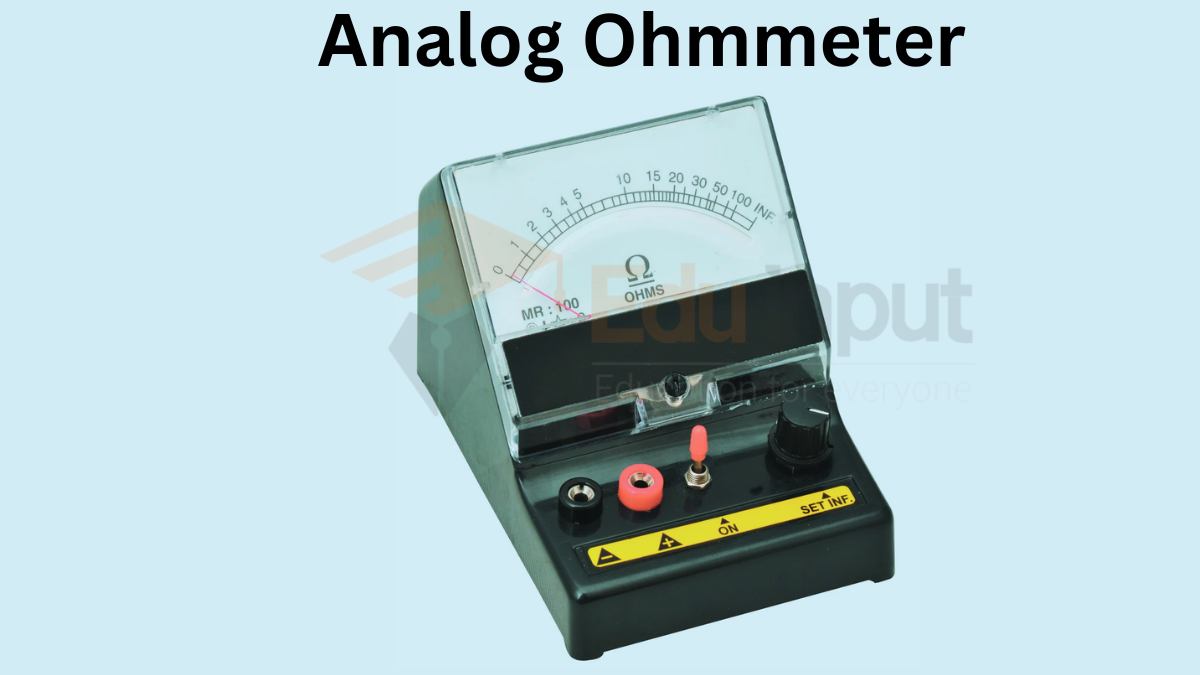What is a Repulsion Motor?-Definition, Construction, Working, And Applications
The repulsion of similar poles is what makes the Repulsion Motor a special kind of single-phase AC motor. In the past, these motors were used as traction in electric trains, however, they are no longer used anymore.
What is a repulsion motor?
A repulsion motor uses a single-phase electric motor that provides input AC. Electric trains are used as the main application of repulsion motors. In a repulsion motor direction of rotation is the same as that of a brush shift, where the starting Torque should be high for a repulsion motor and very good running characteristics.
Repulsion Motor Construction
There isn’t an electrical connection between the two parts of the motor, which causes the current to be generated by the induction motor. A short-circuited pair of brushes can be moved to change their position relative to an imaginary line drawn through the axis of the stator if the commutator is in contact with a short-circuited pair of brushes. The motor can be started, stopped, and reversed, and the speed can be varied simply by changing the position of the brushes.
Working Principle
The principle behind the working of a repulsion motor is that there are two North poles that repel each other. Two South poles will repel each other in the same way. When the repulsion motor winding is supplied with single-phase AC, it can produce a magnetic flux along the direct axis. When the magnetic field links with the winding, it creates an electric field.
A rotor current is produced due to this EMF. A magnetic flux is directed along the brush axis due to the commutator assembly producing a rotor current. An Electromagnetic Torque is produced because of the interaction of the stator and the rotor.
Types of repulsion motors
Three different types of repulsion motors are available.
- Compensated repulsion motor
- Repulsion-start induction motor
- Repulsion induction motor
Compensated repulsion motor
An additional winding called the compensating winding is provided to improve power factor and provide better speed regulation. This winding is much smaller than the stator winding and is wound in the inner slots of each main pole and connected in series with a rotor through an additional set of brushes located midway between the usual short-circuited brushes. A compensated type motor can be used where there is a need for high power at the same speed.
Repulsion start induction motor
The name implies that the repulsion-start motor starts as a repulsion motor and then runs as an instrument motor. Similar to a repulsion motor, the general construction of this motor is quite similar. The only difference is that in addition to the basic repulsion motor construction, it is also equipped with a centrifugal device that operates at about 75-80 percent of the speed and short circuits of the commutator segments. The operating characteristics of the repulsion start the motor and the desirable starting characteristics of the repulsion start motor are combined by the repulsion start the motor.
Repulsion induction motor
According to the characteristics of the repulsion induction motor, it has a single-phase stator winding, as a repulsion-start motor has, but it has two separate and independent windings on the rotor in common slots. The inner winding is a squirrel cage winding with short-circuit bars, while the outer winding is a repulsion or commutator winding.
Repulsion motor applications
The repulsion motor applications are included.
- Machines in Textile
- Machines for floor maintenance
- Laundry equipment
- Air pump
- Mining tools
- High-speed lifts
- Printing presses
- Air compressors
- Pumps & Fans
- Machine tools
- Mixing machines
Advantages of Repulsion Motor
A repulsion motor has many advantages, including excellent beginning Torque, low starting current, and a wide range of speed control with smooth speed fluctuations. Some of the drawbacks of the repulsion motor can be found here. The power factor is lower when the speeds are lower. Due to heat production and arcs at the brush assembly, brushes and commutators exhaust very quickly.






Leave a Reply